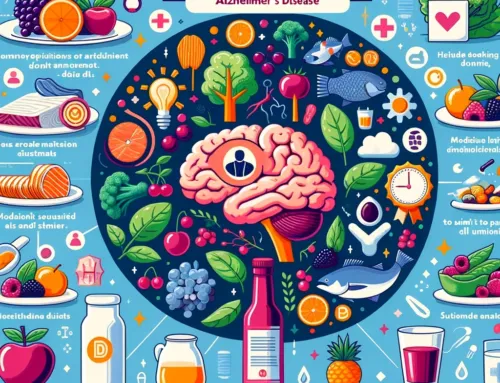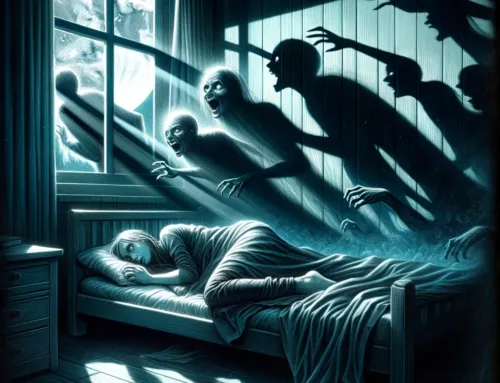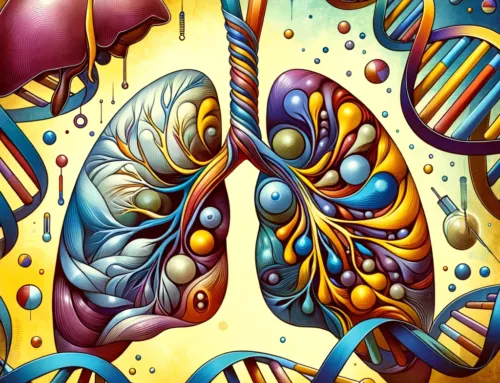
FAQ: Patient Health Questionnaire (PHQ-9)
FAQ
Approx read time: 3.1 min.
The Patient Health Questionnaire-9 (PHQ-9) is a self-administered diagnostic tool for mental health disorders, specifically focusing on diagnosing and measuring the severity of depression. It consists of 9 questions that reflect the criteria upon which the diagnosis of depressive disorders is based according to the Diagnostic and Statistical Manual of Mental Disorders, 4th Edition (DSM-IV).
Download PDF
[wpdm_package id=’23037′]
How It Works
-
Questionnaire Format: The PHQ-9 questions ask about the frequency of symptoms associated with depression over the past two weeks. Responses to each question are scored on a scale from 0 to 3, with the following options:
-
0: Not at all
-
1: Several days
-
2: More than half the days
-
3: Nearly every day
-
-
Scoring: The scores for each of the 9 questions are summed to produce a total score that ranges from 0 to 27. This total score helps in assessing the severity of depression as follows:
-
0-4: Minimal or none
-
5-9: Mild depression
-
10-14: Moderate depression
-
15-19: Moderately severe depression
-
20-27: Severe depression
-
-
Purpose and Use: The PHQ-9 is used in various settings, including primary care, mental health services, and research. It assists healthcare providers in diagnosing depression and monitoring treatment response. The simplicity of the questionnaire allows for it to be used in both clinical practice and research to quickly assess a patient’s mental health status.
-
Benefits: The PHQ-9 is widely respected for its reliability and validity. It is concise, easy to administer, and can be used over time to track the severity of depression and response to treatment.
-
Limitations: While the PHQ-9 is a valuable tool for screening for depression, it is not a diagnostic instrument by itself. A high score suggests the presence of depressive symptoms but does not differentiate between different types of depressive disorders. Further evaluation by a healthcare professional is necessary to confirm a diagnosis and to plan appropriate treatment.
Conclusion
The PHQ-9 is a practical and validated instrument that reflects the DSM-IV criteria for depression, making it a valuable tool for both clinical practice and research. Its ease of use and ability to quantify the severity of depressive symptoms have made it a standard tool in mental health assessment. However, it’s important to remember that it should be used as part of a comprehensive assessment conducted by a qualified healthcare provider.
Symptoms
SIGECAPS is a well-known mnemonic listing the symptoms of major depressive disorder, according to the DSM-5. SIGECAPS stands for:
-
Sleep: insomnia or hypersomnia
-
Interest: reduced, with loss of pleasure
-
Guilt: often unrealistic
-
Energy: mental and physical fatigue
-
Concentration: distractibility, memory disturbance, indecisiveness
-
Appetite: decreased or increased
-
Psychomotor: retardation or agitation
-
Suicide: thoughts, plans, behaviours.
Risk Factors
Risk factors for major depressive disorder include:
-
chronic insomnia or fatigue
-
unexplained somatic symptoms
-
chronic medical illness
-
recent cardiovascular event (myocardial infarction, stroke)
-
recent physical or psychological trauma
-
other psychiatric disorder
-
family history of mood disorder
-
extensive use of the medical system.
Rapid Assessment
Use the two-question quick screen for patients who have risk factors for major depressive disorder. Answering “yes” to either question indicates the need for a more detailed assessment.
-
“In the past month, have you lost interest or pleasure in things you usually like to do?”
-
“Have you felt sad, low, down, depressed or hopeless?”
Take the test below:
PATIENT HEALTH QUESTIONNAIRE-9 (PHQ-9)
Over the last 2 weeks how often have you been bothered by any of the following problems?
Related Posts:
Do I suffer from Alpha-1 Antitrypsin (AAT) Deficiency?(Opens in a new browser tab)
Dinner with the Doctor: Dealing with Depression(Opens in a new browser tab)
The Second City: Chaos Menu: Disorder Up!(Opens in a new browser tab)
The Second City: Chaos Menu: Disorder Up!(Opens in a new browser tab)
Casino BlackJack 21 – JavaScript(Opens in a new browser tab)








